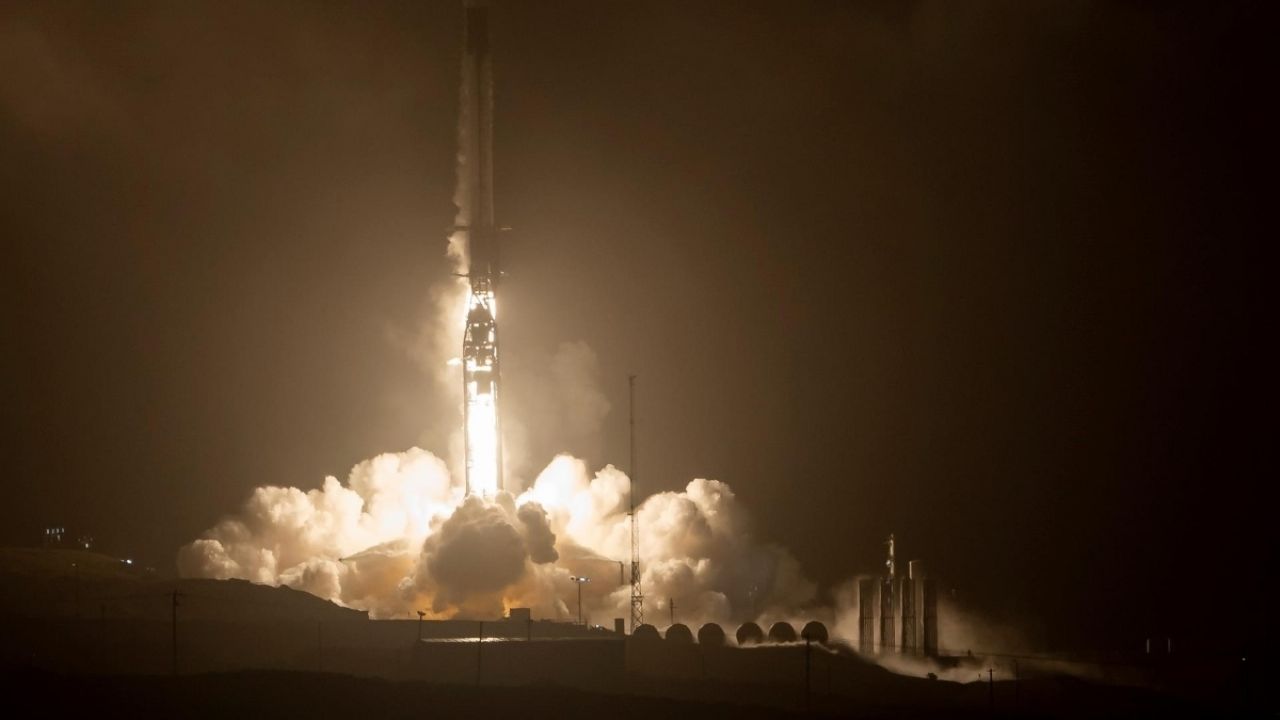
The first planetary defense mission of the National Aeronautics and Space Administration (NASA), which was successfully launched this Tuesday from the United States, will deliberately collide with an asteroid to divert it from its orbit in order to test the technology that would be necessary. to avoid a collision with Earth.
Liftoff for the Double Asteroid Redirection Test (DART) mission took place smoothly at 10:21 p.m. local time (6:21 GMT) aboard a SpaceX Falcon 9 rocket from the Vandenberg Space Force Base, California (USA).
“This is really the beginning of the culmination of the work and effort of hundreds of people at NASA and other centers over many years,” said Kelly Fast, a scientist with the Space Agency’s Planetary Defense Coordination Office, in remarks. to the official NASA television channel minutes after launch.
After takeoff, hundreds of people celebrated with shouts of joy in the vicinity of the NASA base, according to images from the same channel and social networks.
Fundamental to planetary defense
This mission is unprecedented, as the goal is to hit an asteroid within a year to divert it from its orbit in order to test the technology that would be necessary to avoid a collision with Earth.
This mission is essential for NASA’s planetary defense strategy, which studies, analyzes and measures all near-Earth asteroids and their trajectories to understand and reduce the danger of a possible impact, according to the engineer in an interview with EFE. of software at the Johns Hopkins Applied Physics Laboratory, Luis Rodríguez, member of the DART team.
The NASA spacecraft will head towards the asteroid Didymos and its small moon, Dimorphos, which will be the target of the impact to alter its orbit.
Impact examination
Once DART collides with Dimorphos, NASA will examine the changes in its orbit around Didymos to assess whether the method is viable to defend Earth, in case an asteroid poses a threat to the planet in the future.
For the impact to be effective, DART will travel at about 6 kilometers per second, an “incredibly fast” speed necessary for the crash to alter “a little” the trajectory of Dimorphos, the size of the George Washington Monument – a 155-foot obelisk. feet high (47.2 meters) located in the US capital – but with greater volume, Rodriguez said.
The crash won’t happen until fall 2022, but if successful, it has the potential to lay the groundwork to protect all of humanity from the apocalyptic danger of asteroids. Although the mission started today, Rodríguez ruled out that no known asteroid will hit Earth in the next 100 years.
Images on board
The collision will be recorded by a briefcase-sized satellite called CubeSat, which has been developed by the Italian Space Agency. That cubicle will be deployed shortly before the collision to capture images and videos of the impact and its effects on Dimorphos.
“Ten days after the impact, it will separate from DART and will start taking photographs. It is very important to characterize and give us information here on Earth about the changes in the orbit of Dimorphos,” said Rodríguez.
KEEP READING:
World’s End? NASA launches the DART mission to divert the trajectory of an asteroid | LIVE
NASA: What is the DART mission, with which the US agency intends to deflect an asteroid?
NASA will show that it is capable of deflecting an asteroid; will crash ship “Armageddon” style



